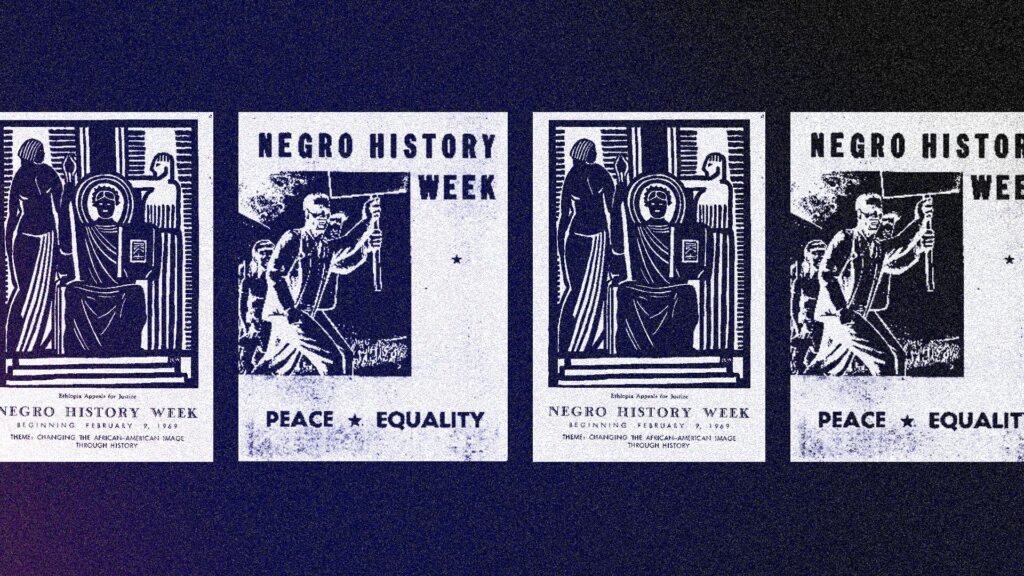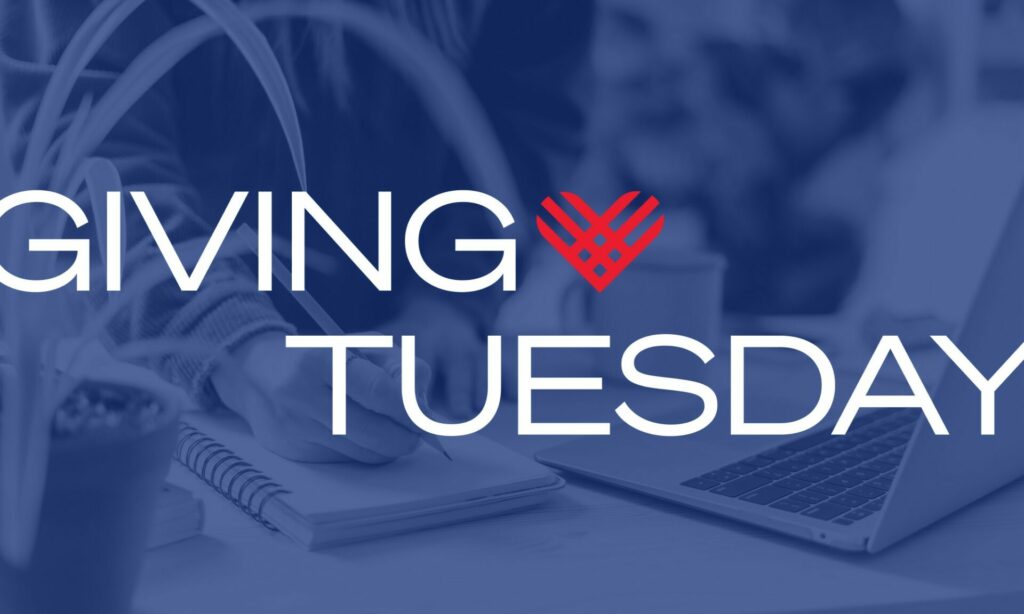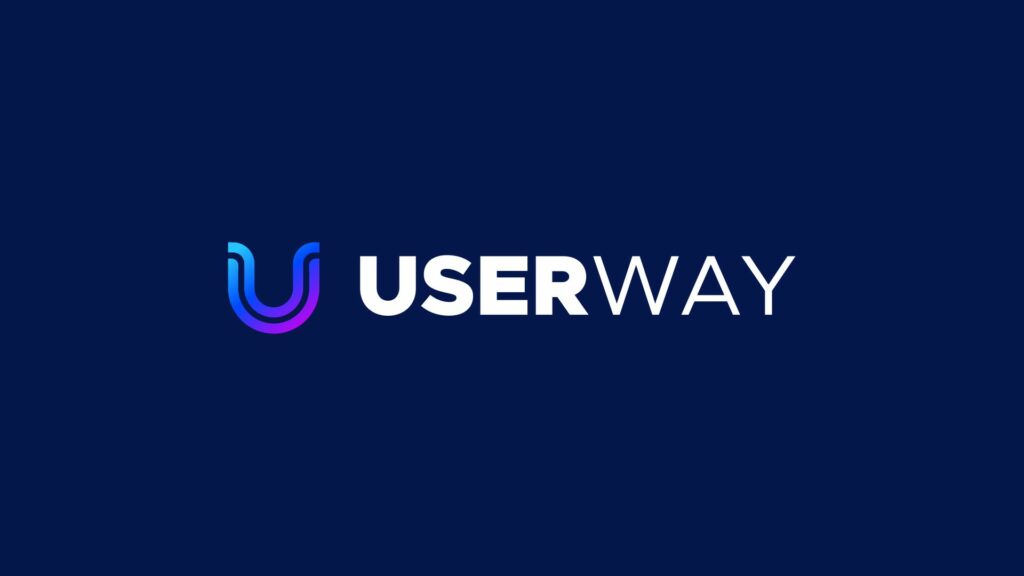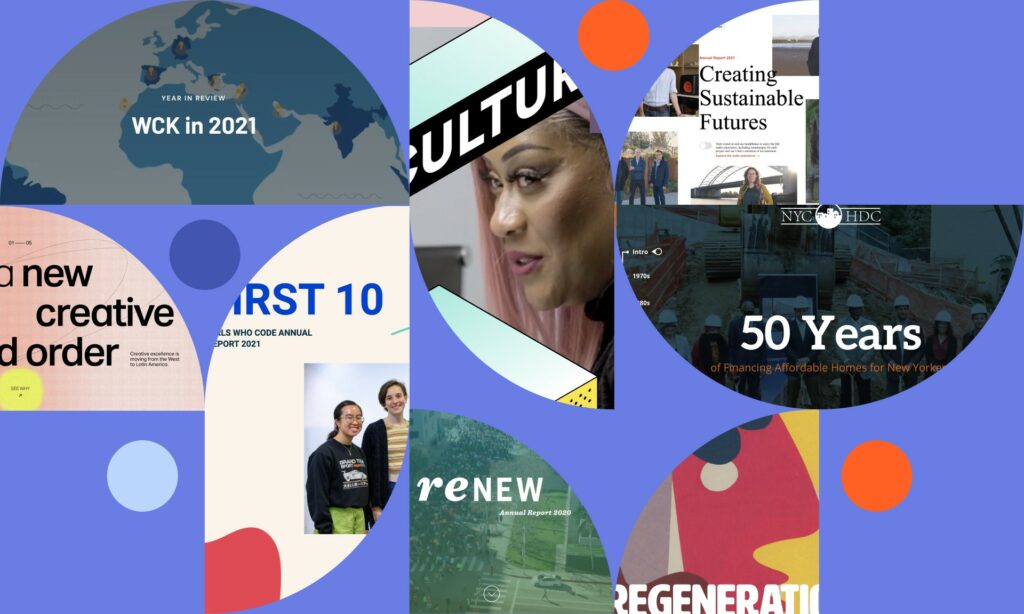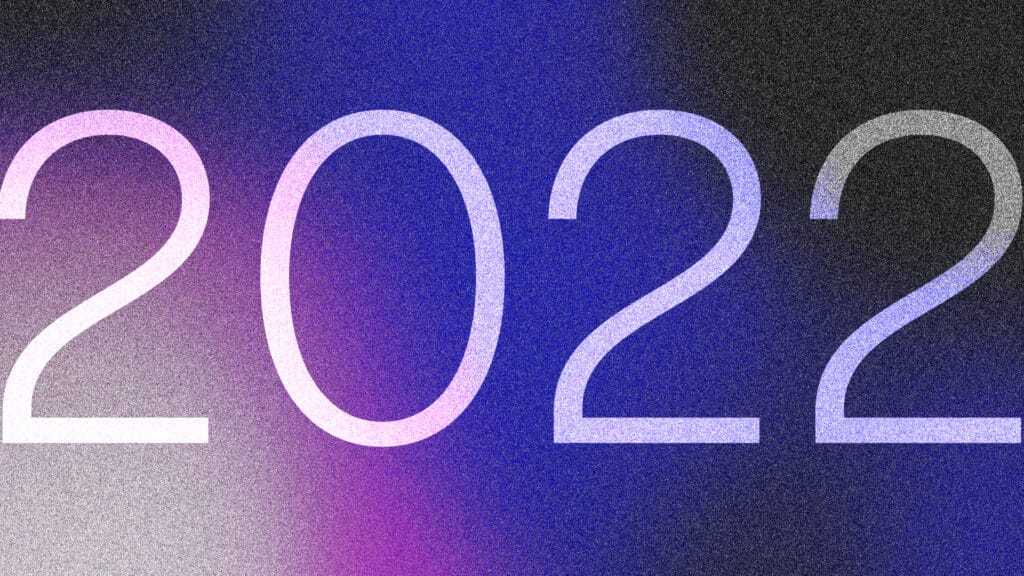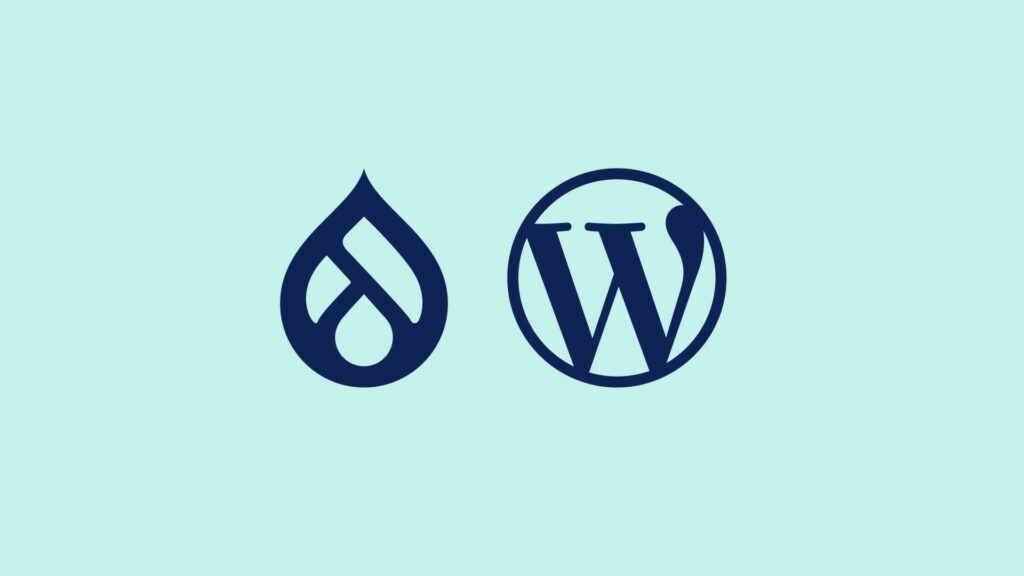
We’ve always tried to be open and transparent in how we run our business, so let’s talk about the thing that nobody likes to talk about. Money. What does it actually cost to build a brand or a website? Because let’s face it, it often does come down to money. I sincerely wish it didn’t. If you’re reading this, you probably wish it didn’t either, but if we’re honest, it does. It just fucking does.
So here are our thoughts on what to do if you have money, what to do if you don’t, how you might be able to get it, and what we do with ours.
What to do if you do have money
Congratulations. If your organization is at a point where you can invest money into your website and online strategy, that’s a great place to be. Like many things in life, the more you spend, the more you can get. Lower-budget projects focus on simpler websites, whereas higher budgets can facilitate more complicated projects as well as enable you to focus on your brand, visual identity, and messaging. You might also invest some of your money in writing great content or in public relations. Note that it’s also possible to overspend on a website project, so it’s important to make sure your investment is tied to organizational goals so you’re not paying for a bunch of stuff you don’t really need.
A typical Visceral project costs between 100K and 300K. We do very large and often very complex projects for some incredible organizations. These projects generally take months to complete and hundreds of hours of research, strategy, workshopping, custom design and development, software integrations, security, accessibility, and a dozen other things. It’s also expensive to run a small business, especially one that tries its best to be equitable. More on that below.
Because of the complexity of the work, we only take on a limited number of projects per year, around 8-12. We talk to a lot of great organizations as part of our job, and we’d love to work with everyone, but we just don’t have the bandwidth. Limiting ourselves to a small number of projects ensures that we can deliver the high quality of work and services that our clients expect from us.
What to do if you don’t have money
We are incredibly proud of the work that we do, but not every organization needs to invest a ton of money on a completely custom website. There are modern DIY approaches with platforms like Squarespace that will let you create very professional-looking websites that are easy to update and secure for only a few hundred dollars a year. You may need to get your hands dirty and learn a few things, but that’s half the fun. You can also hire a designer who specializes in Squarespace, which is an investment but still likely a smaller one than hiring a creative agency like us for a fully custom project.
For a lot of organizations, this is really all you need, especially in the early stages when cash is tight. If you’re going to invest money at this stage, we think it’s better spent on content strategy and communications to ensure you’re telling a compelling story and getting it in front of the right people because that’s ultimately how you’ll be able to raise money, either through donations, grants or from selling your product or service.
How we think you might be able to get money
The easiest way to get money is to effectively demonstrate your value as an organization. My good friend (and Visceral partner) Karim Bouris from Mixte Communications often says that communicating your value is pretty simple as long as you can answer these four questions:
- What is the problem you’re trying to solve? This may seem like an easy one, but you’d be surprised how many organizations can’t demonstrate with data that there’s an actual need for their programs or services.
- How are you going to solve it? Be specific… “Raising awareness” is no longer a good answer unless you’re targeting something super niche that no one has ever heard of, and even then, awareness is a tactic, not a solution. This is your opportunity to show that your approach is rooted in best practices.
- Why is your way better than anyone else’s? Especially if you’re in a crowded space, it’s key to differentiate from your peers and competitors.
- How are we going to know if it works? This is the one everyone misses. What is your metric for success, and how are you going to measure it? Having a solid internal evaluation system or program is the final key to proving your approach is effective.
If you can strategically and consistently communicate the effectiveness of what you’re doing, it makes it much easier to acquire customers or clients, convert visitors into donors and volunteers, apply for grants, take out small business loans, or even attract investors.
What we do with our money
We charge a fair amount of money for our work, so we think it’s also fair that you know what we do with it.
Our team is comprised of the smartest, kindest, hard-working, most fun people I’ve ever met so our #1 priority is to take care of our team and their equally awesome families. 82% of our business expenses fall into this category in the form of competitive salaries and benefits, where we pay 100% of health, vision, dental, and disability for each team member and their families, along with employer-matched retirement plans. We also distribute a significant portion of our profits to the team along with philanthropic efforts like donations, pro bono projects, and sponsorships.
If you want more detail than that, just let us know and we’ll send you our budget spreadsheet.






